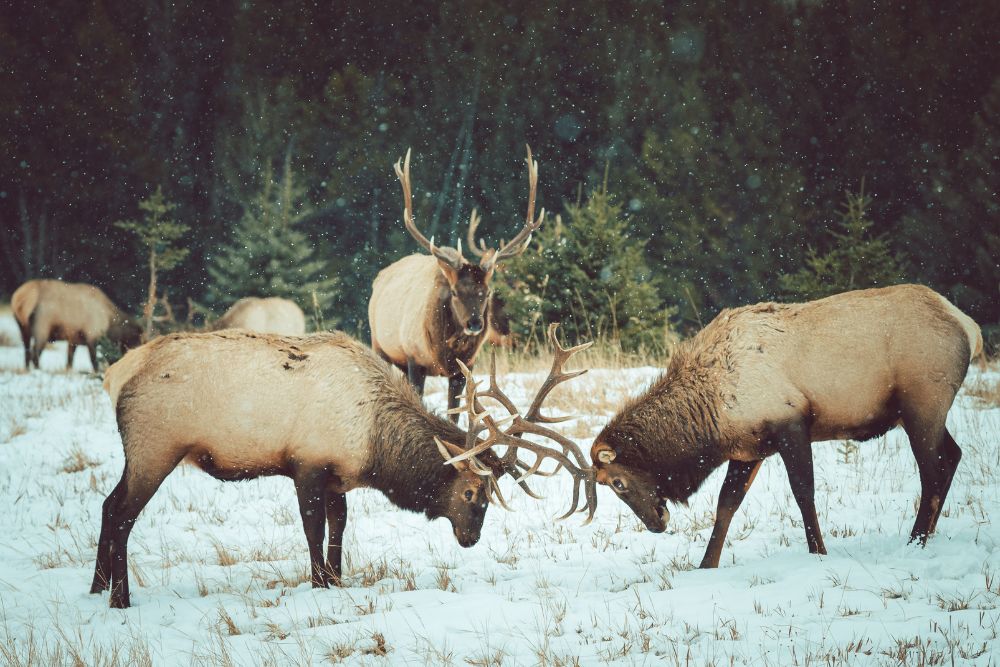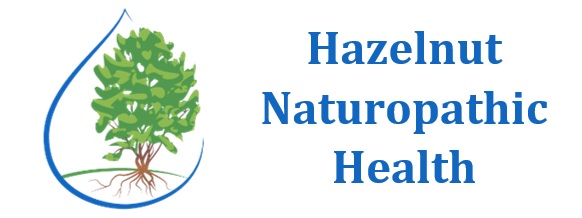
Hunting for Health
Before modern refrigeration (invented for home use in 1918), many groceries had to be grown and harvested locally. There were no large grocery stores or refrigerated semi trucks to bring food from place to place. There were no giant farms transporting meats from coast to coast like there are now. Farms were also smaller, feeding families and selling mainly to local markets. Since protein is important to overall health, folks would raise animals on their farms and hunt and fish to add variety to their diets. Even nowadays, hunting is a way of life in many areas, especially in more rural locations. Read on to learn more about hunting for health.
Benefits of Wild Meats
According to the United Nations, the consumption of wild game has been increasing worldwide. In the United States, the number of hunters is the highest it's ever been. But, the percentage of hunters in the population is at an all-time low. Despite this, hunting is generally viewed positively by most people. Arguably, some people regard hunting as a natural activity with a lower environmental impact than farming.
If you're unfamiliar with wild meats, there are a variety of animals in this category. Included are animals such as deer, waterfowl, moose, caribou, bear, pheasant, rabbits, etc.
Compared to livestock species, wild meats contain some nutrients in higher amounts. Wild meats have more omega-3 fatty acids. Omega-3 fats reduce the risk of death due to cardiovascular disease. These meats are also nutrient-rich with phosphorus, potassium, zinc, iron, vitamin E, and B vitamins. There's also a range of other micronutrients present depending on where the animal lives.
Benefits of Hunting
Surprisingly, hunting boosts local economies during hunting season. Hunters spend 185 million dollars or more PER DAY in the United States as of 2016. Money from hunting contributes $5.3 billion federally and $3.4 billion in state and local taxes. Hunting also supports as many as 525,000 jobs nationally.
Hunters also contribute significant funds to conservation projects, hunter education, and wildlife agencies. Originally enacted as the Federal Aid in Wildlife Restoration Act in 1937 at the encouragement of hunters, it is now known as the Pittman-Robertson Wildlife Restoration Act. This permits hunting licenses, excise taxes, membership dues, and other contributions paid by hunters to generate over $1.8 billion toward US conservation efforts.
Finally, hunting is important in controlling wildlife populations in some areas. There are places where there are not enough natural predators, and hunting helps balance populations. Too many animals in one area can overeat the local vegetation, leading to sick herds. Hunting regulations also prevent overhunting in many areas year to year.
How to Get Wild Meats
Men and women ages 16 and older hunt independently around the country. If you have a family member or friend who is a hunter, you may be able to have them harvest wild meats for you. If you want to learn more about hunting or how to hunt yourself, look up your state's Department of Natural Resources. A hunter's safety class is also helpful and required in most states before you can go out.
Interested in learning more? Here's a link you can reference to get you started on hunting. If you are looking to support a healthier life living closer to the land, consider reaching out to Dr. Blandford to learn more. She is a big advocate for local foods, grown and harvested at home or from local farms.
Resources:
- Congressional Research Report. 2022. "The Pittman-Robertson Wildlife Restoration Act." https://crsreports.congress.gov/product/pdf/IF/IF12229
- Corradini, A., Marescotti, M. E., Demartini, E., & Gaviglio, A. 2022. "Consumers' Perceptions and Attitudes Toward Hunted Wild Game Meat in the Modern World: A Literature Review. Meat Science; 194: 108955. https://doi.org/10.1016/j.meatsci.2022.108955
- Khan, S. U., et al. 2021. "Effect of Omega-3 Fatty Acids on Cardiovascular Outcomes: A Systematic Review and Meta-analysis. EClinicalMedicine; 38: 100997. https://doi.org/10.1016/j.eclinm.2021.100997
- Rueda García, A.M., Fracassi, P., Scherf, B.D., Hamon, M. and Lannotti, L. 2024. "Unveiling the Nutritional Quality of Terrestrial Animal Source Foods by Species and Characteristics of Livestock Systems," Nutrients; 16(19): http://dx.doi.org.grcc.idm.oclc.org/10.3390/nu16193346
- U.S. Fish & Wildlife Service. 2018. "Hunting as a Tool for Wildlife Management: The role of managed hunts for conservation." https://www.fws.gov/story/hunting-tool-wildlife-management.
- Wildlife Restoration. 2018. "Hunting in America: An Economic Force for Conservation." NSSF-The Firearm Industry Trade Association. https://www.fishwildlife.org/application/files/3815/3719/7536/Southwick_Assoc_-_NSSF_Hunting_Econ.pdf

Leave a Comment
(0 Comments)